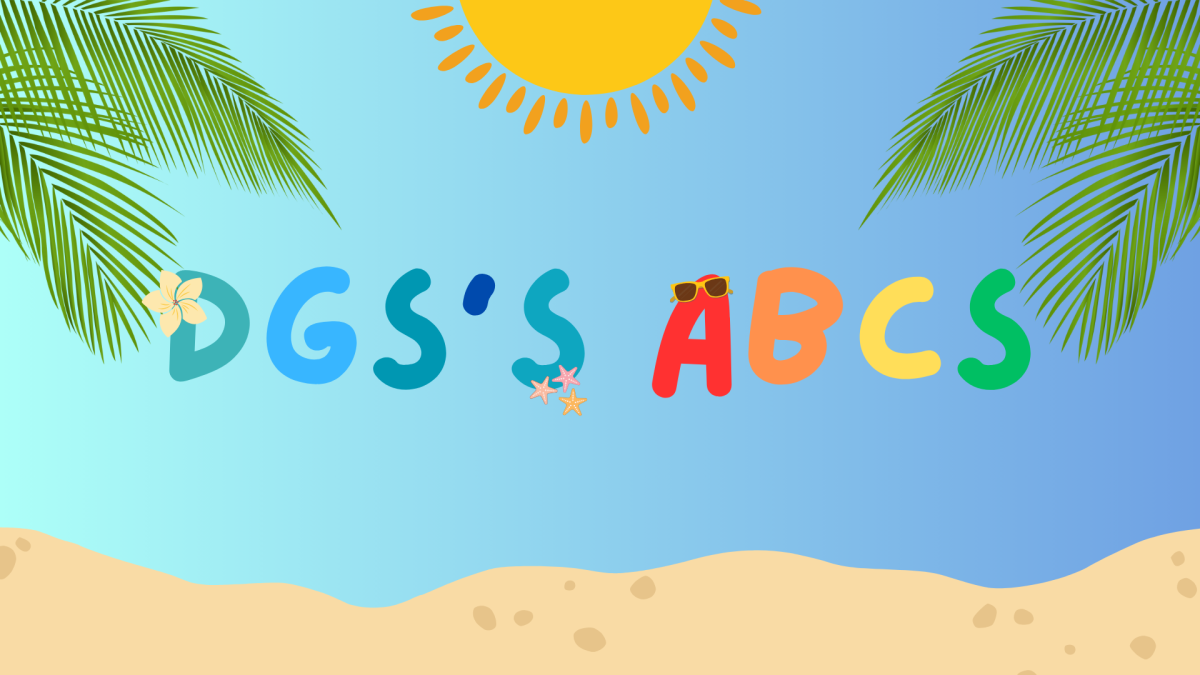Clown blasts off into space: 13 years later
Sobczak and Lyons watching Laliberté take off in the Soyuz TMA-16 spacecraft.
September 30, 2022
On Sept. 30 2009, billionaire businessman Guy Laliberté was not able to take one small step for clown-kind, but he did become the first clown to travel to space. For his 50th birthday, the co-owner of Cirque du Soleil launched out of Baikonur Cosmodrome, Kazakhstan in the Russian Soyuz TMA-16 spacecraft alongside two astronauts from Russia and the United States of America. They spent nine days in the International Space Station, marking Laliberté as the seventh tourist to go to space.
Science teacher Drew Sobczak had his interest in space solidified when he interned for Fermilab, and he feels that people like Laliberté should not be the main focus of space tourism because of their lack of qualifications.
“Scientists should be the ones to go [to space] that actually could help them, or politicians who are on the scientific front [to] help them actually understand the world a little bit better, so they could make better decisions. A lot of politicians on the science board don’t even really know science very well, and this is one step that could help them process a little better and help them understand the world they are protecting,” Sobczak said.
Laliberté did not spend $35 million on the trip only for personal pleasure but also to promote One Drop: a company he founded two years prior that advocates for everyone to have access to safe water.
Senior Connor Lyons has been infatuated with the universe ever since he started watching space documentaries with his dad, and he had his own thoughts on NASA letting a clown journey to space.
“I think it just really makes good headlines. It’s someone in a clown outfit, going into space,” Lyons said. “He’s doing it for philanthropy reasons, and so I think that could be good publicity but also actively helping for a good cause.”
Sobczak conveyed NASA’s possible reasoning behind sending Laliberté to the International Space Station.
“The funding for NASA has decreased drastically since we went to the moon. So, for those ten years, 1960-1969 primarily, we put so much money into space exploration because it was against the Russians; we needed to win. Since then, it’s been dwindling, and now we have private companies like SpaceX and everything, so I think they need to get people back on board,” Sobczak said.
Sobczak also compared sending Laliberté to space as marketing for the space program overall.
“They need to get people to understand this is an important thing,” Sobczak said. “This is like buying a billboard to promote your product.”
As for the future of space tourism, Lyons contemplated some ideas for the process leading up to the next one.
“With space exploration, it’s really hard to predict the future of what’s going to happen because there aren’t really many good analogs to history. I think there’s a lot of philosophical debates over whether it’s [space exploration] ethical or not, but I think as long as it is benefiting mankind in some sort of scientific way then it definitely is good and we should try and support it,” Lyons said. “I think we got a long way until average people can take a trip to the moon or space station, but I think it will definitely grow in the future, and it’ll be interesting to watch how that happens.”
Sobczak has predictions too, and he explained using comparisons from teaching at DGS.
“When you play a sport here, you need a physical from your doctor, so I think there’s going to be a lot of training, a lot of physicals they have to pass and obviously they’re going to have to pay for it. Hopefully, in the future, there will be much more reasonable people that get an appreciation of the world. Maybe we can get those people who believe in flat Earth to go up there and actually see it for themselves; that would be pretty interesting,” Sobczak said.




